DATE PUBLISHED: April 2024
Digitalisation in India: The Class Agenda
India, according to the Government of India, is not only a global power, but a Vishwaguru (Global Teacher). This claim may not be borne out by the level of Indians’ median income, productive employment, farm output per hectare, manufacturing strength, technological base, educational status, nutrition, and health. Moreover, the distorted structure of India’s employment, the abysmal economic status of its women, and its overall lack of political and social freedoms further contradict the claims of Global Teacher status.
Nevertheless, in one sphere India’s achievement has won global recognition: its high-speed drive for digitalisation. In the view of the American billionaire Bill Gates, “No country has built a more comprehensive [digital] platform than India.” His claim is endorsed by international institutions such as the World Bank and International Monetary Fund (IMF). Arguing that “India’s digital journey” has brought in its train an extraordinary range of present and future benefits, a recent IMF study presents India as a development model.
However, a more careful examination reveals the class interests behind India’s digitalisation drive and its approbation. In this issue, a range of contributors, from various perspectives, look at specific aspects of that drive. Arun Kumar writes about digitalisation’s marginalising impact on India’s unorganised sector; Hussain Indorewala writes about India’s ‘Smart City’ mission; Indira Chakravarthi examines at the National Digital Health Mission; Manali Chakravarti and Rahul Varman dissect the digitalisation of education; Rajendran Narayanan shows how digitalisation can lead to exclusion in welfare programmes; and Anurag Mehra describes a system that continuously generates precarity for vast numbers. At the end, RUPE comments on the overall drive and agenda of digitalisation in India and its impact on various sectors and on the people working in them.
— Editor.

Digitalisation and formalisation are projected by the Government as a solution to the Indian economy’s problems. However, digitalisation has further damaged the unorganised sector without formalising it. Demand has been shifting from the unorganised to the organised sector. Given that the organised sector is more capital intensive than the unorganised sector, this demand shift has resulted in decrease in employment generation, greater inequality and shortage of demand, which have led to the economy slowing down. However, since the size of the unorganised sector is not independently estimated, it is invisiblised in the data.

The promotion of digital technology as an apolitical solution for urban problems is a class politics – of interests that drive global consultant firms, technology providers, big bureaucracy, and vendor networks. It seeks to simultaneously obscure the nature of urban problems as well as the social-class dimension of ‘smart’ urbanism. The Smart City Mission is a part of the toll-booth model of urbanisation: the outsourcing of traditional urban government functions to the hands of state-private corporate entities, the expropriation of public assets and the privatisation of public goods and services, and the creation and policing of exclusive networks and enclaves – in order to generate opportunities for rent extraction (tolls).
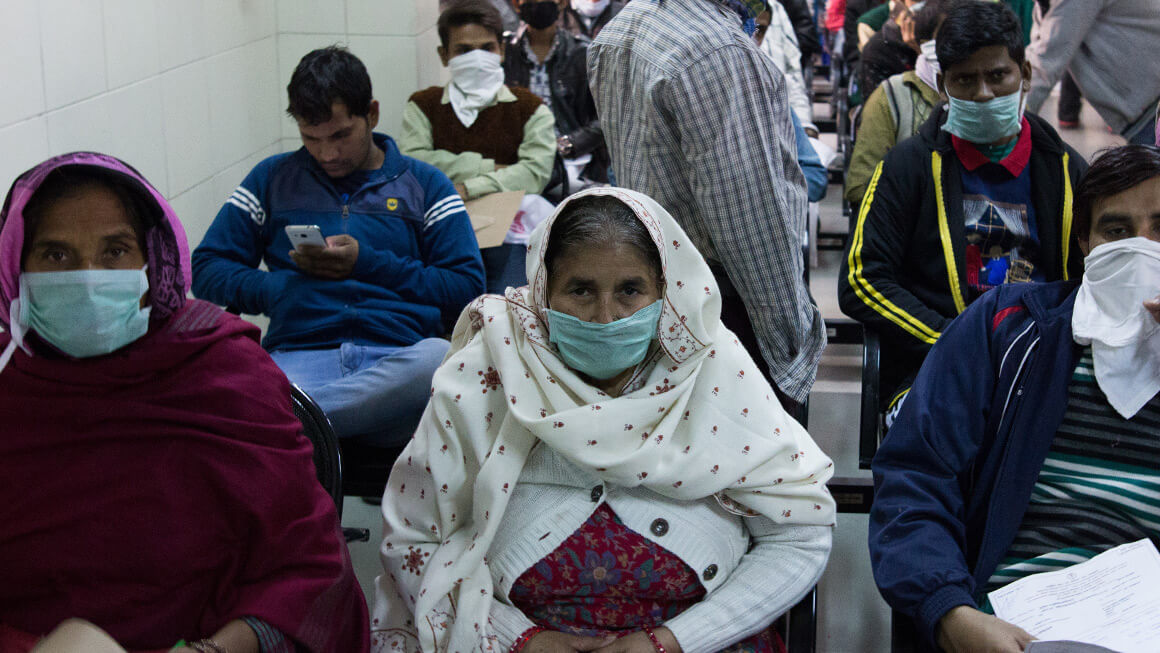
The ongoing inroads of digital technology into health through the National Digital Health Mission (NDHM) are the latest chapter in the now nearly hundred-year-old discourse on the role of technology in health, on what protects and improves public health. The history of public health and medicine shows that countries managed to improve the health of their populations, achieve health equity and universal health care (and not simply universal health coverage) without the most advanced technologies. NDHM fits into the ‘Gates approach’ to global health, leveraging ‘Universal Health Care’ in the interests of the makers and owners of (digital) technology and capital.
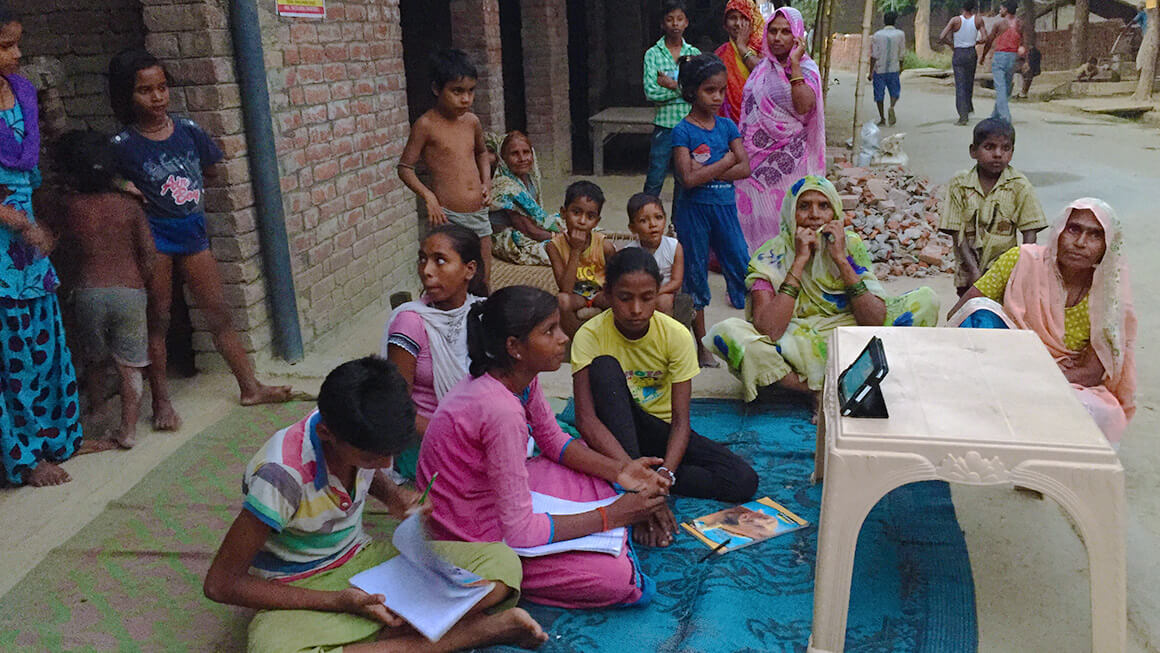
After almost eight decades since independence, the state of India’s school education remains in complete disarray. Though a significant number of children of school-going age have been herded into schools, the learning levels remain dismal in spite of very low bars set to assess them. In this situation, there is a wholesale push for edtech by the cartel of Capital and ‘non-profits’ (funded by Capital), with the State providing a massive boost for the commercialisation and privatisation of schools. While education will be a casualty, this policy promises savings for the State and profits for Capital.
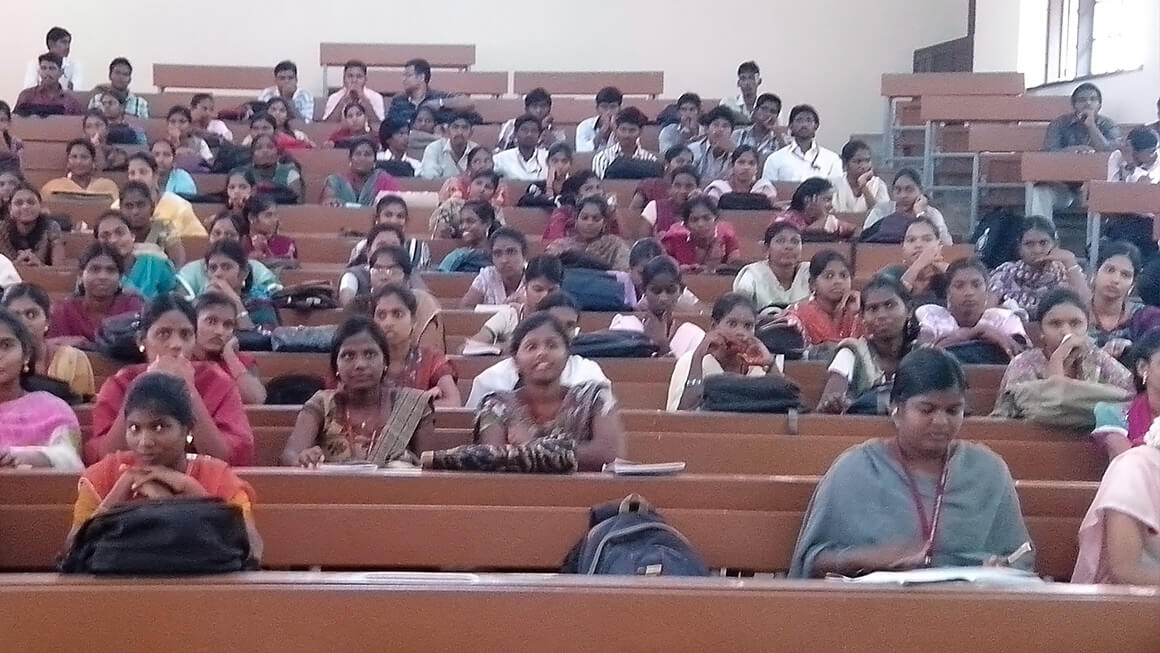
If education is more than merely offering ‘content’, online education is very far from a serious teacher’s idea of reasonable education. Among other things, it ignores the role of the peer group in collective learning; the role of social diversity in learning; the importance of providing students equal access to institutional resources; the scope for students to escape socio-political fetters and the disadvantages of their ‘homes’ by physically entering a place of learning; and the importance of beyond-classroom learning in the collective life of a physical institution. The actual results of online learning have been dismal. Yet, instead of training more teachers, lowering the costs of higher education and widening its reach, the emphasis is on making education a commercial commodity.
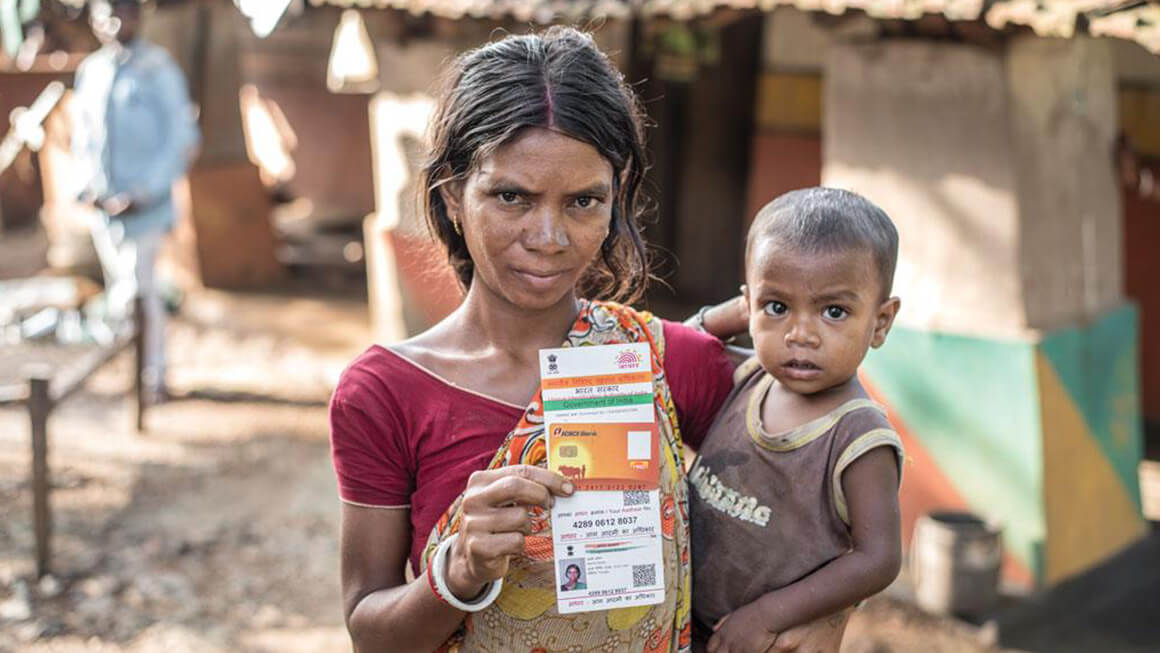
Official claims that digitalisation will eliminate fraud, remove unwanted intermediaries, and seamlessly and rapidly transfer funds to the intended beneficiaries are not borne out in practice. Instead the digitalisation drive has automated exclusions, increased opacity for NREGA workers and other beneficiaries, lengthened the ‘last mile’, and placed workers at the mercy of Aadhaar. Further, introducing more digital systems cannot solve the core problem of insufficient funds, which is a political decision.

The dominant discourse is that ‘digital’ provides for greater efficiencies, opportunities and ‘democratisation’. However, the period of increasing digitisation in India has also been a period of growing poverty, and growing disjunction between the Growth Domestic Product (GDP) and employment. ‘Digitalisation’ is continuously generating exclusion for vast numbers: persons without smartphones, or without digital skills, or living in areas where digital infrastructure is poor; persons unable to authenticate using Aadhaar, for various reasons; workers replaced by automation, robots and artificial intelligence; workers trapped in precarious ‘gig’ employment, without security or rights; and so on. Those who are left out of vikaas (development) are no longer citizens with entitlements and rights, but mere labharthis waiting for doles to be handed out to them at the whims of the political class. It remains to be seen what deeper crises unfold now and what kind of social resistance arises to confront this onslaught.

The champions of digitalisation claim that “India is upgrading – from an offline, cash, informal, low productivity economy to an online, cashless, formal, high productivity economy.” In fact, the manner in which digitalisation is being imposed on various sectors of India’s predominantly informal economy does not bring about true formalisation or raise the productivity of the vast majority of working people; rather, it serves to enrich the corporate sector, including global corporations, at the expense of that vast majority.

The decade of ‘peak digitalisation’ has witnessed depressed consumption, stalled investment, retrogression in the pattern of employment, and falling real wages. Meanwhile the digital economy has grown as an enclave, increasingly disconnected from the rest of the economy.
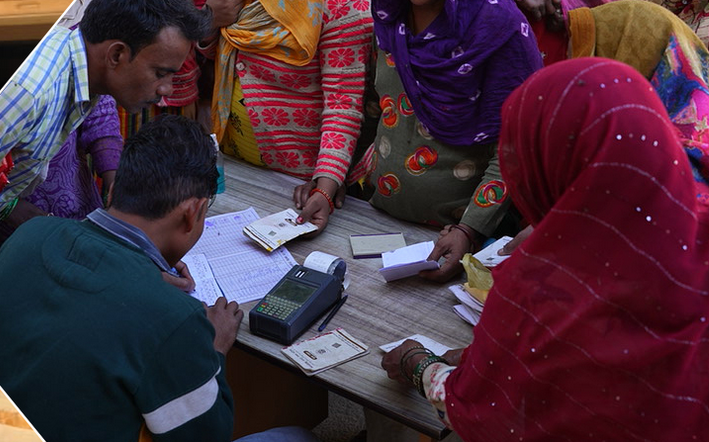
Tax revenues have stagnated, and grown even more regressive, during the decade of digitalisation. Claims of huge savings due to digitalisation are not only false, but hide a grim reality of violation of rights.

The Government and the RBI have been propagating the notion that digital lenders can complete the unfinished agenda of ‘financial inclusion’, and even replace traditional banking in the near future. This ignores the actual financial condition of the majority of people, which is grim and insecure, and their level of financial awareness, which is low. The RBI, in its eagerness to promote digital finance, has restricted itself to ‘light-touch’ regulation, or even left firms to regulate themselves, thereby allowing predatory and usurious practices. It appears that the last remnants of the developmental agenda for the use of credit have been buried. The promotion of artificial intelligence for ‘credit scoring’, and thus credit allocation, is a striking example of this.

The Government’s project of digitalising India’s agriculture is premised on a distorted understanding of both private corporations and the mass of India’s peasantry. On the one hand, it treats the vast mass of India’s peasantry as profit-maximising units, along the lines of private firms; but it does the opposite for private corporations, treating them as promoting public welfare.
The actual outcome of the digitalisation project in India’s agriculture will take place within the constraints prevailing in India’s agrarian sphere. Neither will the present problems of India’s agriculture be magically overcome by digitalisation, as the proponents of digitalisation claim, nor will the complete corporate takeover of agriculture, and the ejection of the vast peasantry, be easily achieved. What may change, to one extent or the other, is that corporations may use the latest information technology, and their greater access to data, to exercise greater control over the entire structure, and step up their extractions from it.
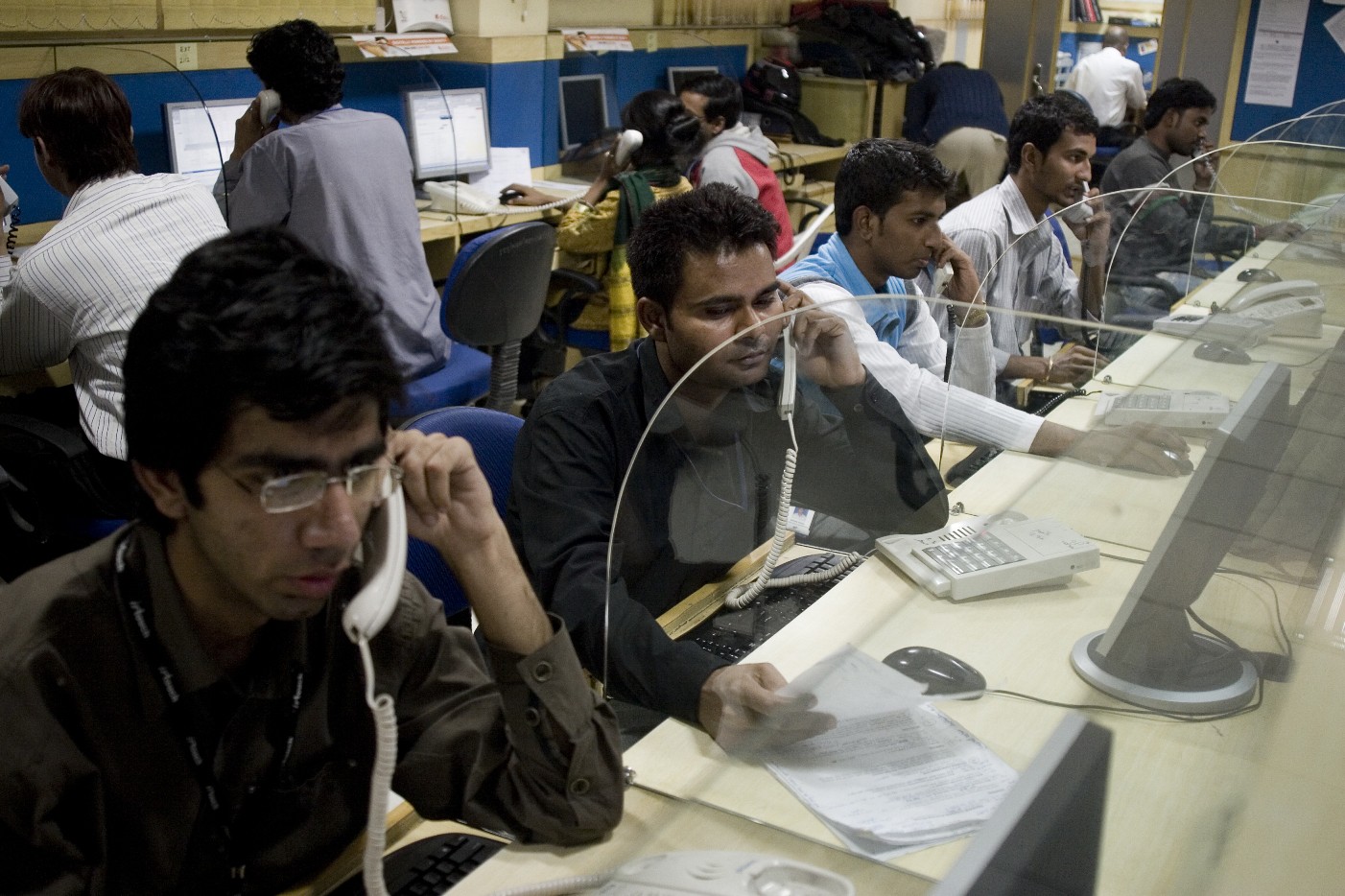
Examining India’s digital sector in relation to the world economy, we observe the following: (1) the creation of an international division of labour in the digital economy, whereby cheap labour power in India is used to raise the rate of profit of imperialist countries’ firms; (2) India’s continuing dependence on imports for hardware in the telecom and information technology sectors, and the large drain on this account; (3) the domination of India’s market for digital goods and services by firms of the imperialist countries; (4) the capture and control of data, as a raw material, by these firms; (5) the use of foreign investment to capture economic territory in India; (6) the use of political influence to shut out rivals, if necessary even by war.
